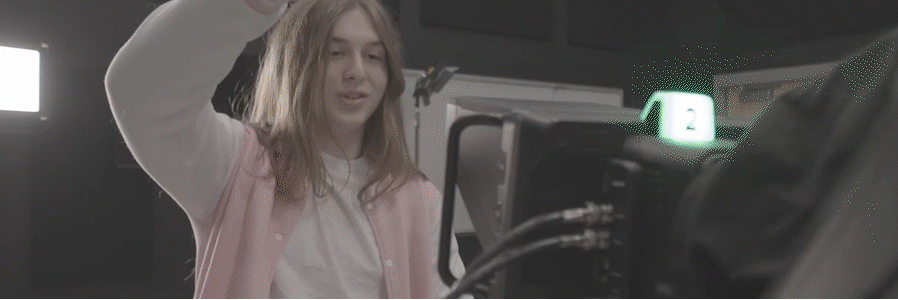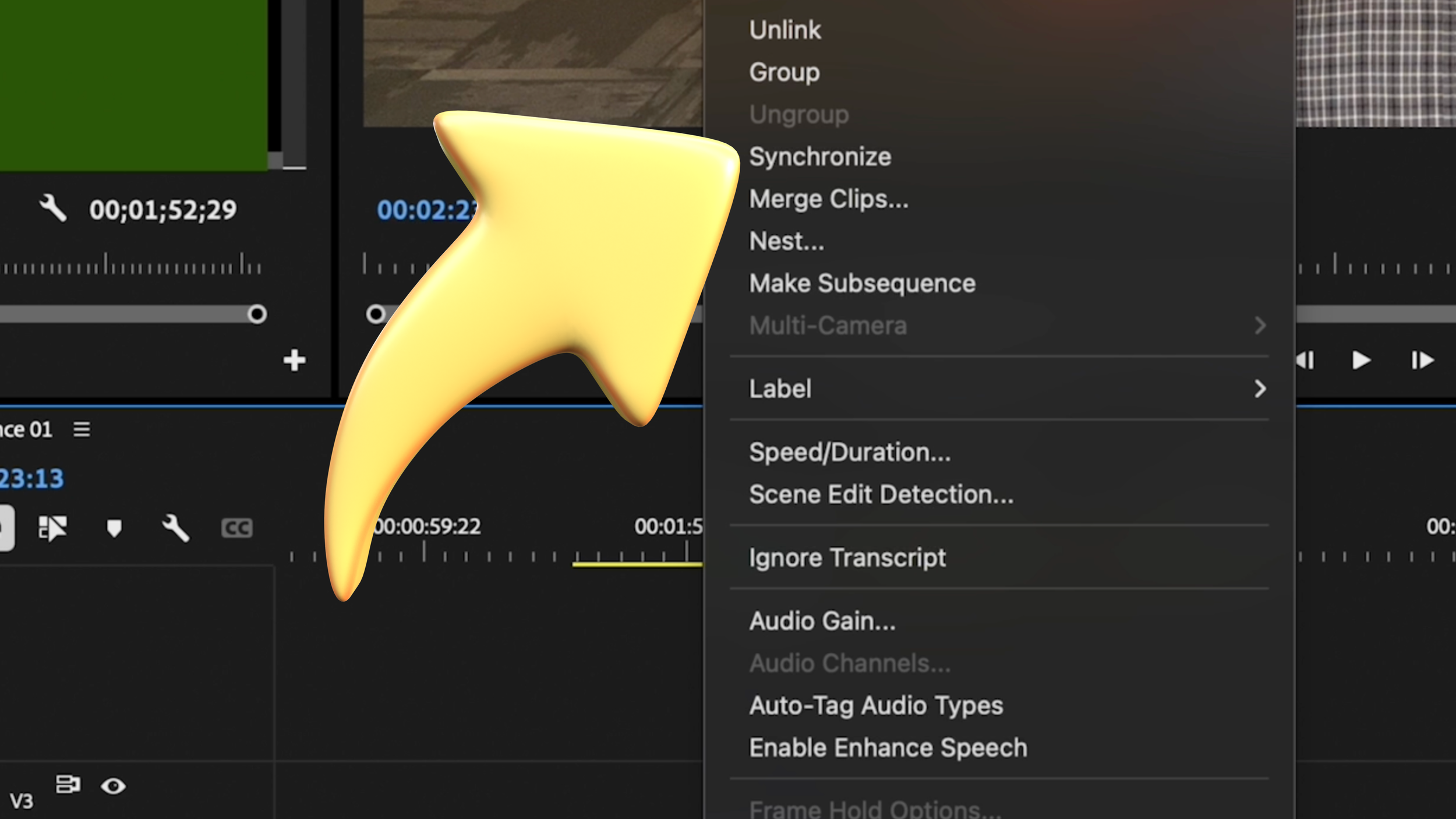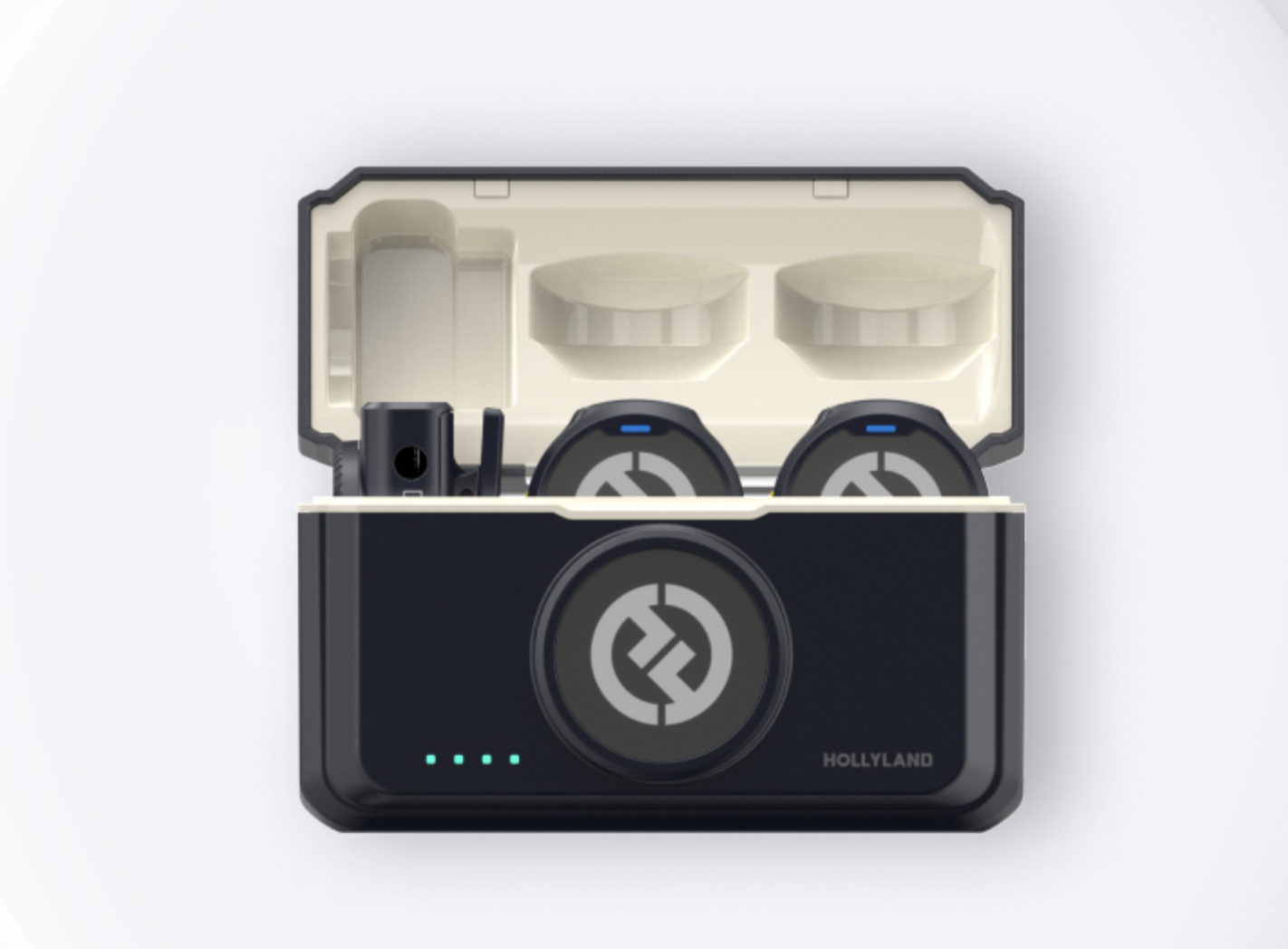Lights, camera, safety!
Welcome to a comprehensive guide on ensuring a secure and successful production on any film set. From the bustling activity of set construction to the intricacies of filming, safety is paramount at every stage. This document outlines essential guidelines that safeguard both your well-being and the success of the production. By adhering to these principles—knowing emergency procedures, using PPE correctly, respecting electrical hazards, practicing safe lifting and ladder use, securing equipment, maintaining orderly workspaces, communicating effectively, avoiding horseplay, and understanding school safety protocols—we ensure a smooth operation where creativity thrives in a secure environment. Each person's commitment to safety plays a crucial role in the seamless execution of every scene, ensuring that every aspect of filmmaking—from preparation to the final cut—is carried out with utmost care and professionalism.
I. Know the set emergency procedures:
Understanding what to do in an emergency is crucial on any film set. Whether it's a fire, injury, or any other unexpected situation, knowing the procedures ensures everyone's safety. Familiarize yourself with exit routes, assembly points, and how to alert others in case of danger. Make sure you know where fire extinguishers and first aid kits are located. Participate in any safety drills and pay attention during safety briefings. It's also essential to know who the designated safety personnel are and how to contact them quickly. In an emergency, stay calm and follow their instructions precisely. Remember, quick and effective action can prevent minor incidents from becoming major accidents. Being prepared means you can contribute to a safer environment for everyone on set.
II. Use PPE when required:
Personal Protective Equipment (PPE) is your armor on set. From safety goggles around sparks to gloves when handling equipment, PPE protects you from potential hazards. Always wear the appropriate gear as directed, whether it's hard hats, ear protection, or steel-toed boots. Inspect your PPE before use to ensure it is in good condition and fits properly. Understand the specific risks of the tasks you'll be performing and use the right PPE for the job. For instance, respiratory protection may be necessary when working with hazardous materials or in dusty environments. Properly using PPE is not just about following rules; it's about safeguarding yourself and your team. By wearing the right protective gear, you minimize the risk of injuries and contribute to a safer working environment for everyone on set.
Stay safe when plugging and unplugging all lights & gear.
III. Stay safe around electrical equipment:
Electricity powers the magic of film, but it demands respect. Never touch exposed wires, and ensure all equipment is properly grounded. Check for frayed cords or damaged plugs and report any issues immediately. Use insulated tools and wear rubber-soled shoes when working near electrical setups. If you're unsure about anything, ask for help from someone qualified—never take risks with electricity. Always unplug equipment before adjusting or moving it to avoid shocks and fires. Be mindful of wet conditions; water and electricity are a dangerous mix. Keep cables organized and out of high-traffic areas to prevent tripping hazards and accidental disconnections. Regularly inspect and test equipment to ensure it’s functioning safely. By respecting electrical safety protocols, you help prevent accidents and ensure a smooth, uninterrupted production.
IV. Lift with proper care and technique:
Just like actors rehearse their lines, practice lifting safely. Bend your knees, not your back, to use your legs' strength instead of straining your back muscles. Keep the load close to your body and avoid twisting while lifting. For heavy or awkward items, always get help from a colleague or use mechanical aids like dollies or hand trucks. Before lifting, clear paths to ensure you have a safe route and communicate with others to coordinate movements. If you feel the load is too heavy or unmanageable, do not hesitate to ask for assistance. Proper lifting prevents injuries that could halt production and land you in the director's chair—of a hospital bed. Regularly practicing good lifting techniques keeps you safe and helps maintain a smooth and efficient workflow on set.
V. Use ladders safely:
Climbing the ladder of success means doing it safely. Before using a ladder, check its stability and ensure it is set on a level, solid surface. Inspect the ladder for any damage or defects before each use. Always maintain three points of contact—two hands and one foot, or two feet and one hand—while climbing. Never stand on the top rung or the top cap, as it can easily lead to loss of balance. Avoid leaning too far to either side; if you can't reach, get a taller ladder or reposition it. Ensure that the ladder's locking mechanisms are secure before climbing. If the task feels risky, consider calling for a professional or a stunt double—safety first, stunts later. By following these guidelines, you help prevent accidents and ensure a safe working environment on set.
VI. Secure props, set pieces, and gear safely:
Like a script, everything on set has its place. Secure props and set pieces to prevent falls or accidents. Use sandbags, clamps, or straps to keep things steady, ensuring they won't shift or tip over during filming. Regularly check the stability of large items and adjust as necessary. Don't leave gear lying around—it's not a mystery plot, it's a trip hazard waiting to happen. Store equipment in designated areas and keep pathways clear. Label and organize props and gear to prevent confusion and mishandling. If you notice something unsecured, take action immediately or inform the appropriate person. Properly securing everything not only keeps the set safe but also helps maintain an efficient and professional working environment.
Everything has a place, everything in its place.
VII. Maintain a clean and orderly workspace:
A tidy set isn't just for show—it's for safety. Keep walkways clear and equipment organized to prevent accidents. Regularly dispose of trash and debris, as clutter can create trip hazards and slow down production. Store tools and equipment in designated areas when not in use, and ensure cables are neatly coiled and secured. Assign specific cleanup tasks to crew members to maintain a consistent level of orderliness. A clean workspace ensures you're not tripping over yesterday's scene or stumbling into tomorrow's blooper reel. Additionally, a well-organized set promotes efficiency and professionalism, allowing everyone to focus on their tasks without unnecessary distractions. Keeping the set clean and orderly is a collective responsibility that enhances both safety and productivity.
VIII. Communicate clearly with everyone on set:
Action! Clear communication is the key to a successful shoot and a safe set. Use radios, hand signals, or headsets to coordinate movements and ensure everyone is on the same page. Make sure to establish common signals and protocols before filming begins. Speak up immediately if you see something unsafe or if you have a concern; it's better to address issues promptly than to risk an accident. Be clear and concise in your instructions, and confirm that others understand to avoid misunderstandings. During complex scenes or when moving equipment, constant communication is essential to prevent mishaps. Remember, everyone plays a role in the production, and effective communication ensures your lines (and safety tips) are heard loud and clear. Prioritizing open and respectful dialogue creates a cohesive and secure working environment for all.
IX. No horseplay on set:
Save the antics for the blooper reel. Horseplay and practical jokes might get laughs, but they also lead to accidents and injuries. Stay focused and respectful of others' safety at all times. The set is a place for professionalism and precision, where everyone is responsible for maintaining a safe environment. Engaging in horseplay can distract others, damage equipment, and create hazardous situations. Remember, the goal is to produce high-quality work without compromising anyone's well-being. Leave the comedy to the scriptwriters and the performers—your role is to ensure a smooth and secure production process. By maintaining a serious and professional demeanor, you contribute to a safer and more efficient set for everyone involved.
Knowing your school safety plan is key to keeping your cool.
X. Know the school safety procedures:
Back to school basics—knowing is half the battle. Understanding your school district's safety protocols is crucial for ensuring your safety and the safety of others during an emergency. Whether it's a lockdown drill, an emergency evacuation, or any other critical situation, being familiar with these procedures can make all the difference.
First, make sure you know all the alert codes used by your school for different types of emergencies. These might include codes for active shooter situations, tornado warnings, fires, and other specific threats. Each code will have a specific set of actions that you need to follow, so it's essential to recognize and respond appropriately to each one.
Participate actively in all drills and take them seriously. These drills are designed to prepare you for real-life situations, ensuring you know exactly what to do and where to go. Pay attention to details such as designated safe areas, exit routes, and the location of emergency supplies.
Communication is key during any emergency. Know how to quickly and effectively report an emergency to the appropriate authorities, whether it's a teacher, school administrator, or emergency services. Follow the instructions of school staff without hesitation, as they are trained to handle these situations.
Additionally, familiarize yourself with the school's plan for reunification with parents or guardians after an emergency. Knowing this process helps reduce anxiety and ensures that everyone knows what to expect.
Being prepared means you’re ready for whatever scene school throws your way. Understanding and communicating the school safety procedures not only protects you but also helps create a safer environment for everyone. These guidelines ensure a safe and smooth production—from lights, camera, to action!
Conclusion
In conclusion, maintaining a safe and secure environment on a film set requires diligence, awareness, and teamwork. By adhering to these essential safety guidelines—knowing emergency procedures, using PPE correctly, respecting electrical hazards, practicing safe lifting and ladder use, securing equipment, keeping workspaces clean, communicating effectively, avoiding horseplay, and understanding school safety protocols—we not only protect ourselves but also contribute to the smooth operation and success of the production. Each person's commitment to safety ensures that every scene unfolds without incident, allowing creativity to flourish in a secure environment. Let's continue to prioritize safety at every step—from preparation to the final cut—ensuring a safe, productive, and memorable filmmaking experience for everyone involved.
Meet the Author, Author Name
Author Bio











Got shaky footage? No problem! In this quick tutorial, learn how to use Warp Stabilizer in Adobe Premiere Pro to smooth out your shots effortlessly.